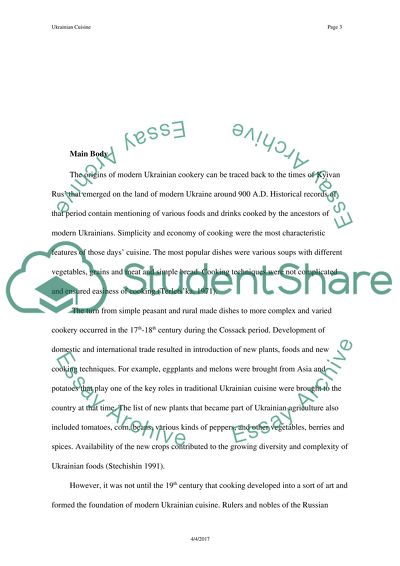Cite this document
(Ukrainian Cuisine Essay Example | Topics and Well Written Essays - 1750 words, n.d.)
Ukrainian Cuisine Essay Example | Topics and Well Written Essays - 1750 words. https://studentshare.org/culture/1533374-ukrainian-cuisine
Ukrainian Cuisine Essay Example | Topics and Well Written Essays - 1750 words. https://studentshare.org/culture/1533374-ukrainian-cuisine
(Ukrainian Cuisine Essay Example | Topics and Well Written Essays - 1750 Words)
Ukrainian Cuisine Essay Example | Topics and Well Written Essays - 1750 Words. https://studentshare.org/culture/1533374-ukrainian-cuisine.
Ukrainian Cuisine Essay Example | Topics and Well Written Essays - 1750 Words. https://studentshare.org/culture/1533374-ukrainian-cuisine.
“Ukrainian Cuisine Essay Example | Topics and Well Written Essays - 1750 Words”. https://studentshare.org/culture/1533374-ukrainian-cuisine.


